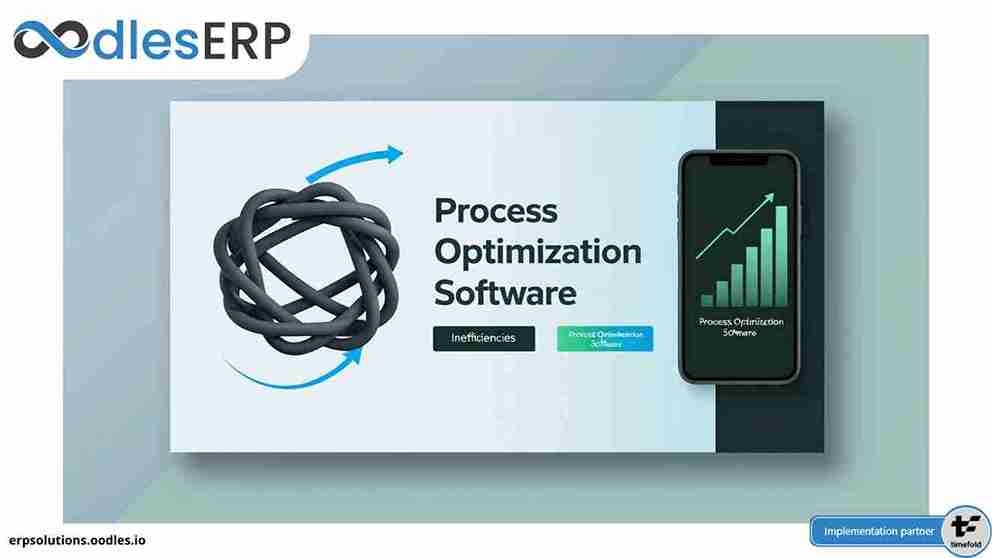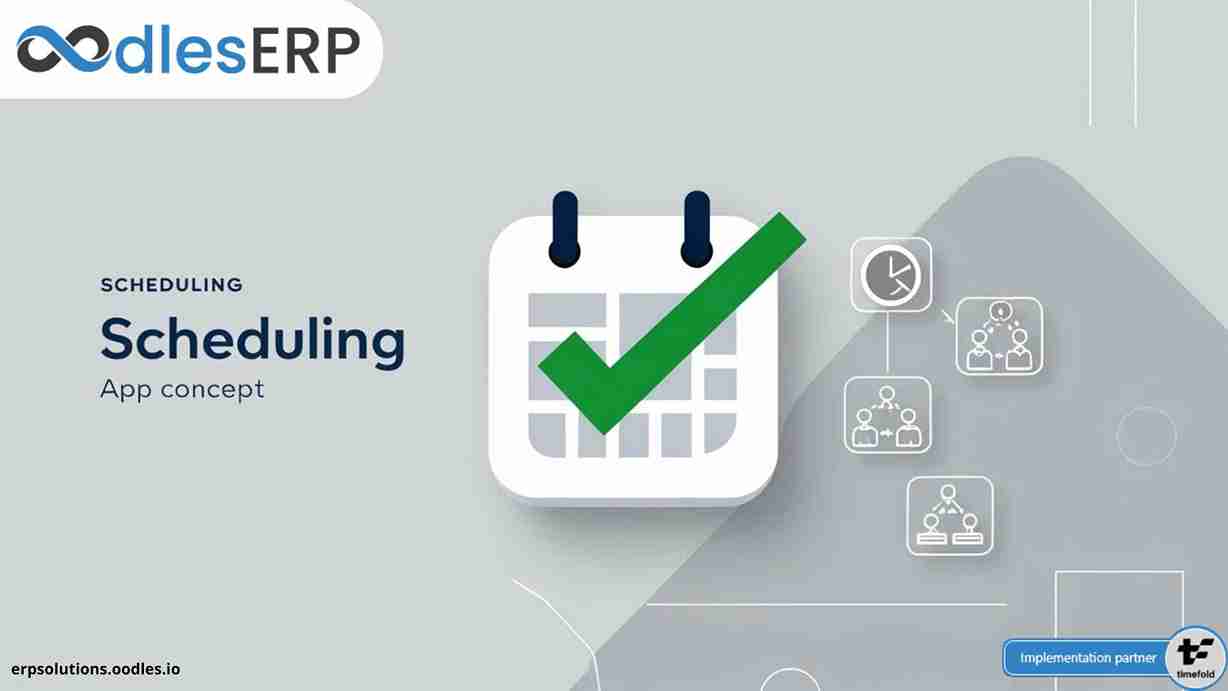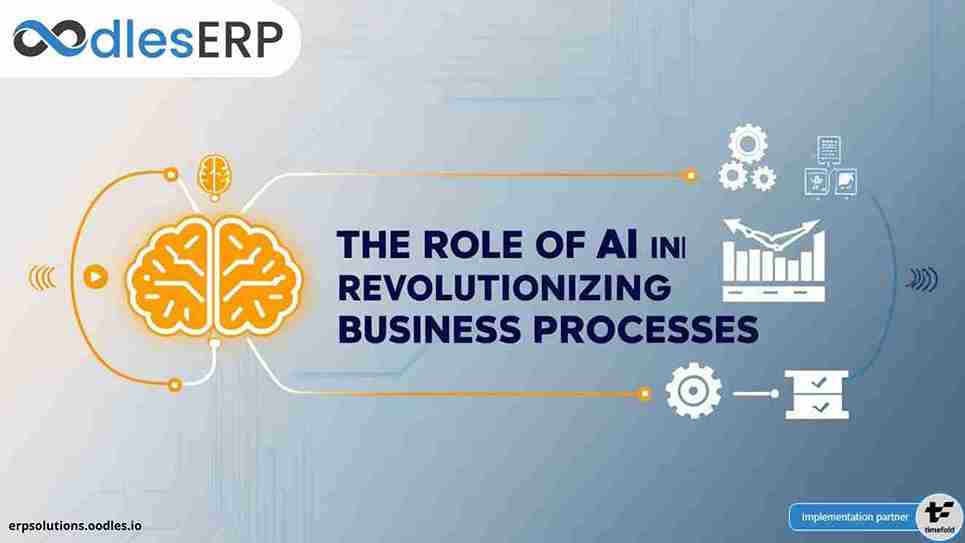At Oodles, we program the workforce management system to improve operational efficiency by simplifying HR administration and payroll activities. Our developers follow a strategic approach that enables businesses to drive outcomes by controlling labor costs, reducing compliance risk and enhancing productivity.

Key Features and Requirements for Choosing a Workforce Management Software
Time Tracking
The time tracking feature of workforce management provides businesses with attendance tools like clock-in, clock-out, and monitoring. Its advanced features like biometrics and compliance measures ensure added security to these standard systems.
Attendance information gathered through time tracking tools gives business managers an accurate impression of employee hours. In addition, the data insights will enable decision-makers to create a workforce management policy that fits their specific business requirements.
We provide workforce management development services to minimize routine tasks of tracking staff attendance timesheets. Our workforce management services include automated attendance tracking by syncing with RFID, biometric and IoT systems.
Also Read: Simplified Employee Scheduling Solutions for HR Professionals
Right Biometric Modality
Implementing the right biometric modality is critical for efficient workforce management. Business managers can choose from the following biometric modalities.
* Fingerprint
* Face recognition
* Palm vein
* Finger vein
* Iris recognition
Each modality has its own unique features based on certain factors that an organization should consider before implementing a biometric modality.
Key Factors:
* Number of Employees
* Users Demographic
* Physical Location
* Tasks (Identification and Verification)
* Security Risks
The effectiveness of a biometric modality depends on how and where the technology is used. For instance, fingerprint identification is not a suitable choice for construction businesses as the workers can have dry or injured fingers.
At Oodles, we provide workforce management development services with biometric integration features. Our biometric integration services will enable businesses to record staff attendance with accurate authentication. Our development team uses technologies like OpenCV and dlib to integrate facial recognition features. We provide multiple options to restrict and grant access to sensitive business areas.
Performance Management
Performance management enables business managers to track the achievements of individual employees and of the organization as a whole. The analysis provides insight into the organization's procedure and predicts trends. Performance management functionality enables managers to schedule employees efficiently.
Integrations
Businesses can integrate workforce management software with other human resource systems for a complete suite of functionality. Connecting the workforce management system with third-party platforms will keep the human resource functionality of business connected.
Forecasting
Forecasting enables businesses to predict future possibilities based on historical data and trends. The trend analysis functionality will enable managers to examine patterns in employee time and attention when creating schedules or new policies. For instance, business managers can use forecasting functionality to schedule employees for a specific project based on performance from past years.
Scheduling:
Scheduling building is an essential feature of workforce management software. It gives businesses useful insights to create the best schedule. Workforce management software enables businesses to examine past data on performance to determine current staffing requirements. The workforce management system eliminates the guesswork from scheduling and enables business managers to calculate the number of employees required for a certain project.
Security:
Security functionality included in workforce management software provides business accessibility controls based on employee roles. The software ensures information is available only to important stakeholders. In addition, the audit trail enables business managers to keep track of adjustments within the platform so that they have a record of every activity.
Streamlining Workforce Management with Oodles
The workforce management system is a time administration tool. The base functionality of this system includes scheduling, planning, and attendance tracking. It provides businesses with advanced analytics that leads to informed decision making. In addition, features like security and deployment ensure the system runs efficiently.
We are an ERP development company that provides workforce management solutions to enable businesses to save time, increase employee transparency and keep the data secure.
Connect with our ERP team to avail the benefits of workforce management solutions.










